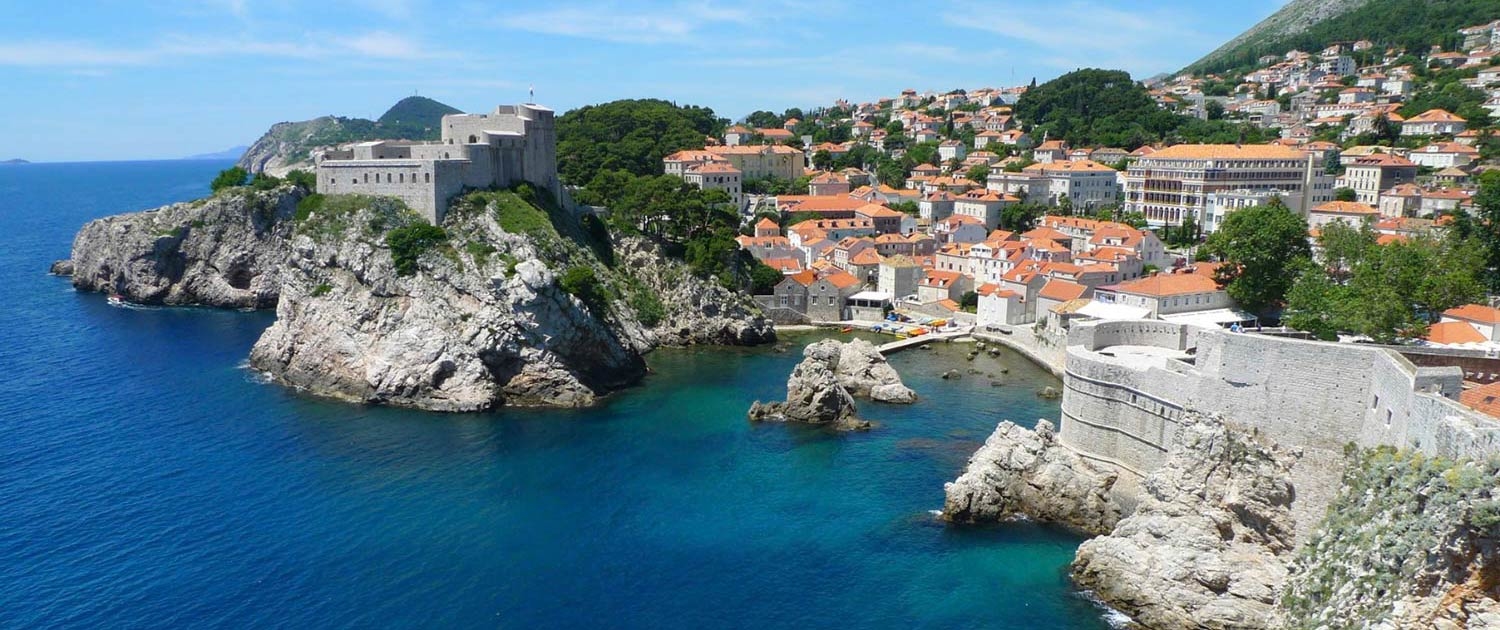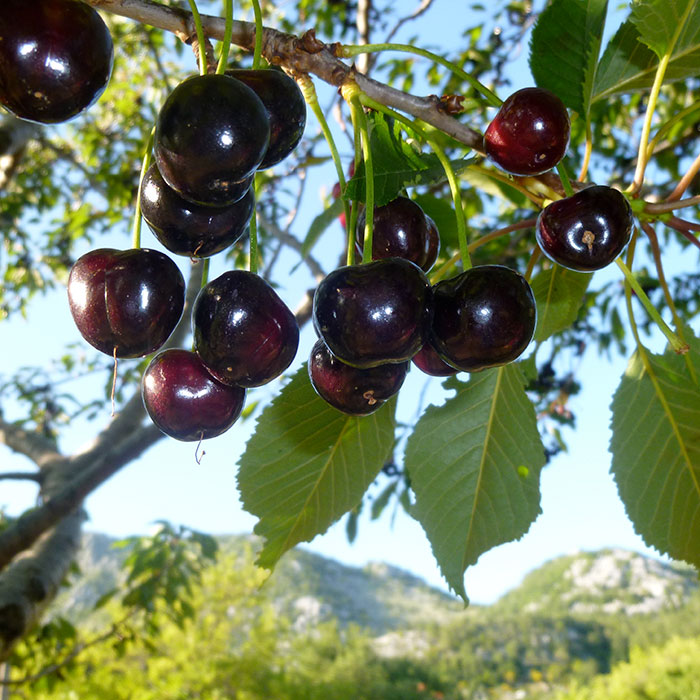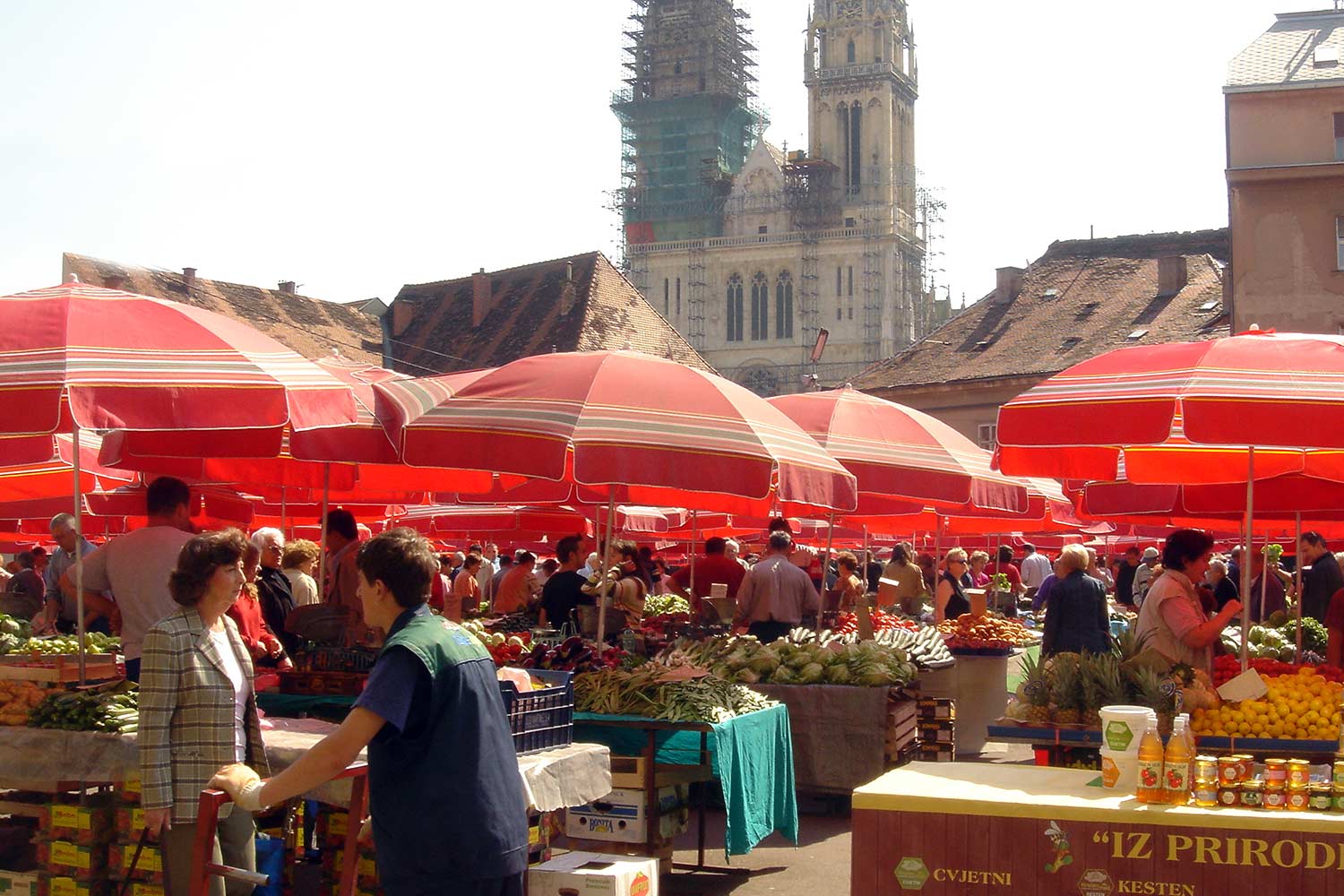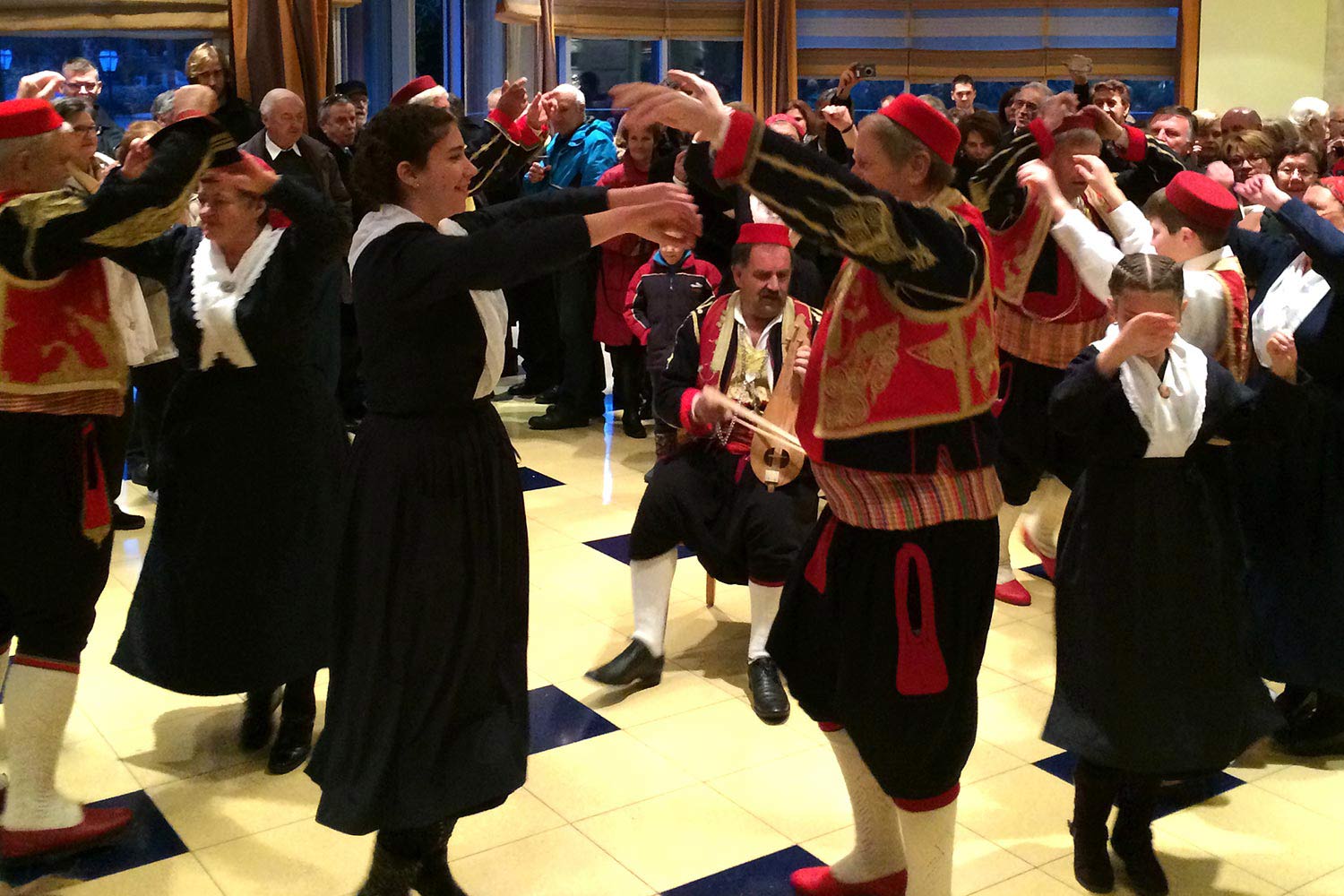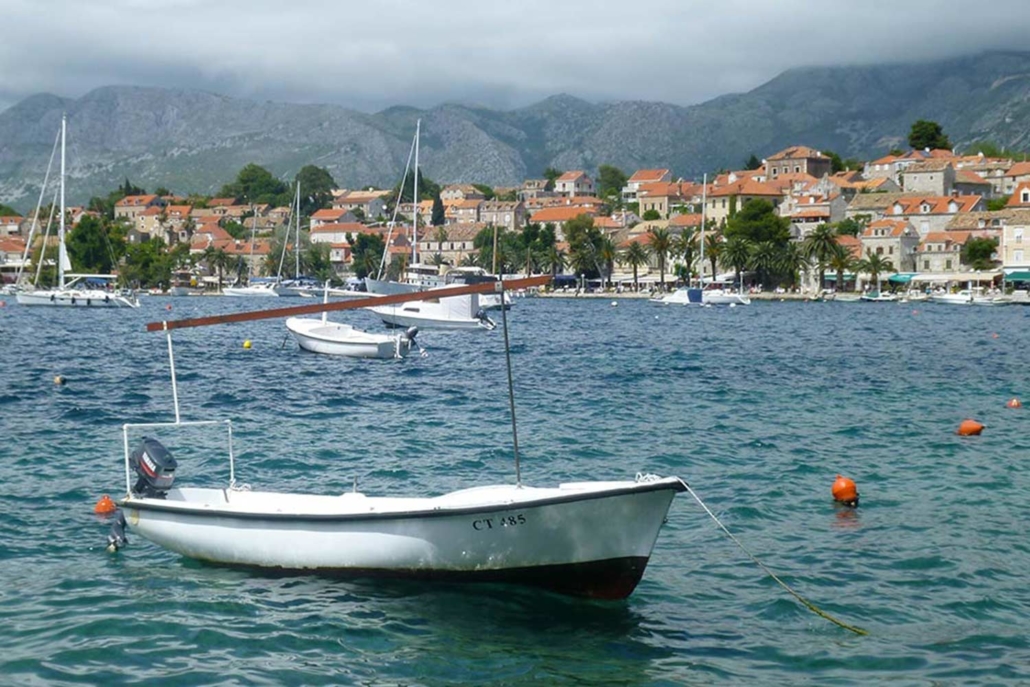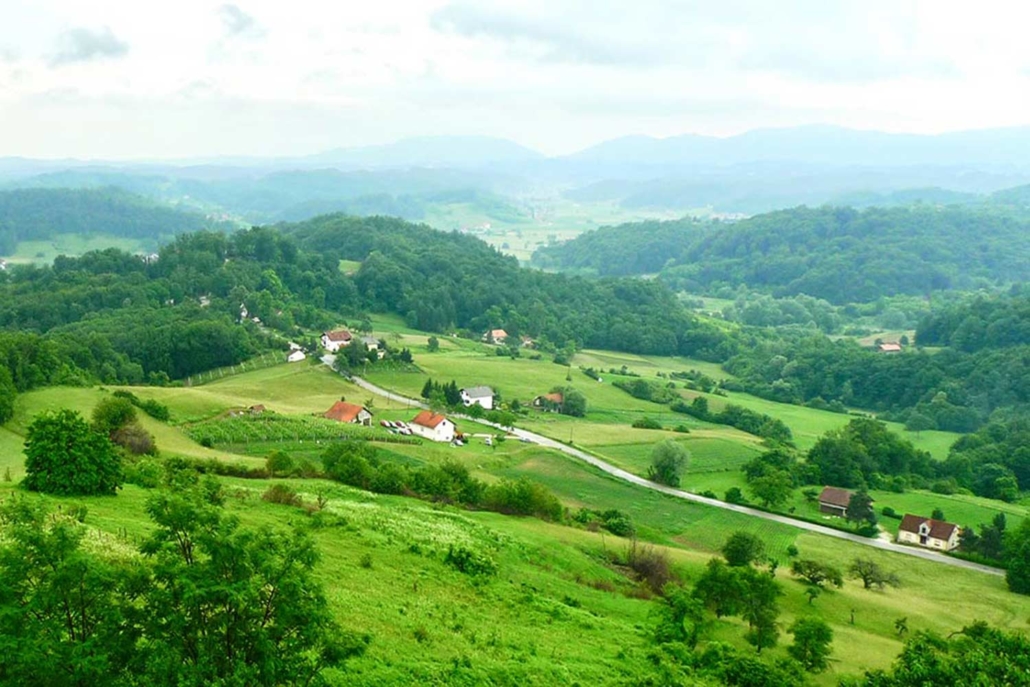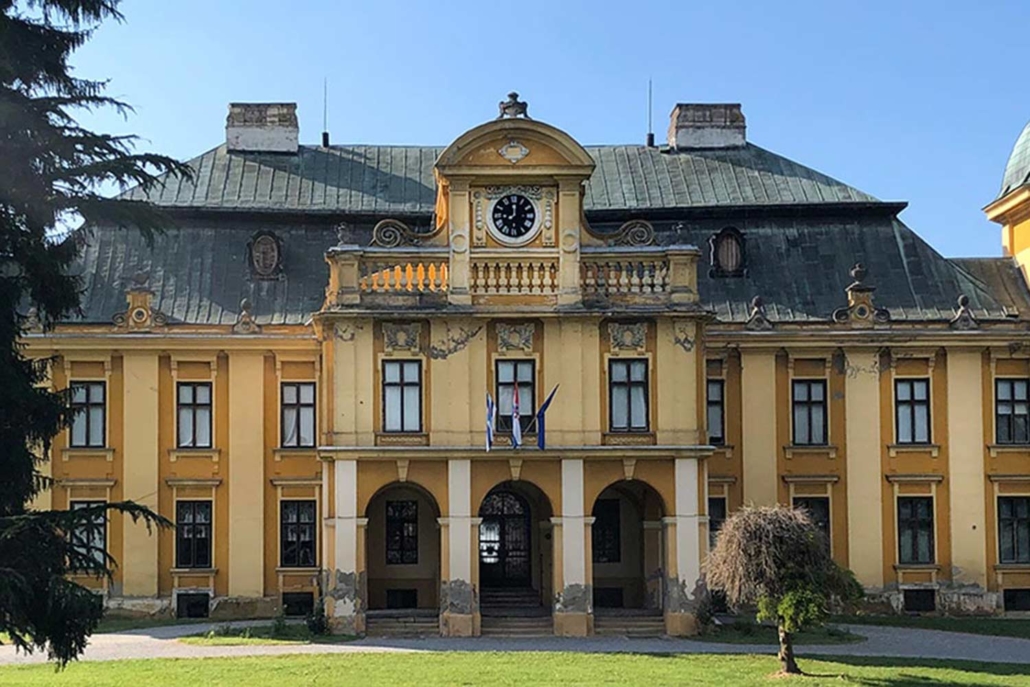Croatia’s history is incredibly complex, its current era beginning with various Slavic tribes settling into the region in the 6th century. Books have been written about alliances, occupations, and land grabs over the centuries by neighbors including Austria-Hungary, France, Italy, and the Ottoman Empire. The murder of Croatian nobility, driving out of local populations, and destruction of property all weighed heavily on the attempts of a people to establish their place in history. However these same neighboring countries also brought advancements and left some of Croatia’s most valued buildings and monuments.
The early part of the 20th century saw the integration of Croatia with its neighbors Bosnia and Herzegovina, Macedonia, Montenegro, Slovenia and Serbia, into what became Jugoslavija (Yugoslavia). However in the 1990s, the union suffered a bloody break-up, the scars of which are still seen and felt today.
The Croatian language is as complex as its history. It has three main dialects: štokavski is today the literary standard used across the country; čakavski is the oldest written standard found in historical legal documents, which were mostly written in the Glagolitic alphabet, and today is spoken mainly in Istria-Kvarner and many of the islands; and kajkavski is spoken mainly in northern and central Croatia. However there are numerous subdialects, which can be identified from region to region and even town to town, as well as many words left over from the influences of outside ruling powers throughout Croatia’s history.
Croatia has a total population of a little over 4 million people. Today it is estimated that almost as many Croats live outside the country as inside it. Croatia is now suffering from a new economic emigration, reminiscent of the great historic migrations of a century ago—an estimated 47,000 people left the country in 2017 alone, and maybe as many as 300,000 in the 2010’s. The result is that, as younger Croatians adopt the cultures and customs of other countries, they are not surrounded by their own people’s beautiful traditions. However, Croatia has a rich and resilient culture which has survived the centuries—not in the halls of the politicians, but in the hearts of the people. All over the world, Croatian men and women have kept their heritage alive through stories, wisdom, and handicrafts which they have passed on to their children and grandchildren.

